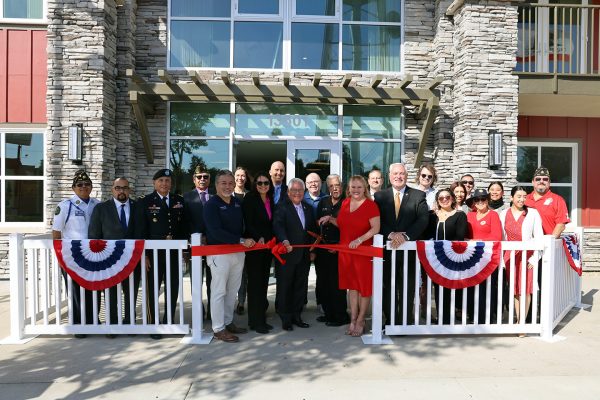By Suzanne Potter, Producer
It is not easy for California students to transfer between community colleges and the California State University and University of California systems and advocates want it fixed.
A recent audit found very low transfer rates for California community college students, especially for students of color. The data show from 2017 through 2019, just 21% of students who intended to transfer to a four-year school did so within four years.
Linda Becker, Bay Area director of regional partnerships for the nonprofit Merit America, said it highlights structural barriers within the education system.
“The high cost in California is a real barrier for people to be able to access education,” Becker pointed out. “At the same time, we know that with just a high school degree, you really are excluded from a lot of jobs.”
The report called for schools to make sure more of their classes count for transfer to a four-year university, and to expand the Associate Degree for Transfer program. It offers a streamlined transfer pathway to state university campuses. Merit America offers an alternative pathway, with five online programs in the tech field lasting 14 to 23 weeks with intensive career counseling.
Becker pointed out the program is designed for people stuck in low-wage jobs who want to move to a more rewarding career.
“Thousands of people start our program and about 40% have tried some college and not been able to finish,” Becker reported. “It’s mostly because of financial reasons. They can’t take the time away from working to support going to college.”
The program is subsidized and learners can get a 0% loan to cover the rest, to a maximum of $5,700. Students do not have to pay the loan back until they get a new job paying at least $40,000 a year.
Disclosure: Merit America contributes to Public News Service’s fund for reporting on Education, and Livable Wages/Working Families. If you would like to help support news in the public interest, visit https://www.publicnewsservice.org/dn1.php.







